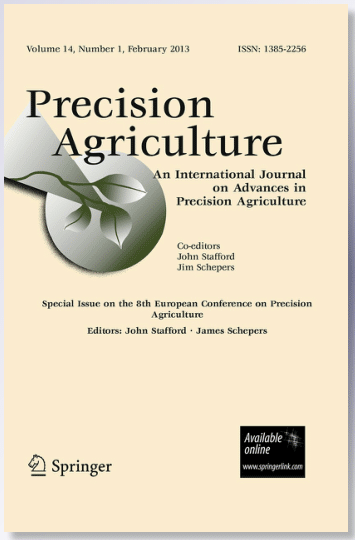Rice stands as the paramount food crop worldwide, catering to more than half of the global populace as staple sustenance. Accurately and non-destructively predicting rice yield on a large scale assumes paramount importance for assessing rice growth, market planning and food security monitoring. Nonetheless, the pivotal factors that influence the final yield remain inadequately understood. In this study, we evaluated the variation patterns of Normalized Difference Vegetation Index, Enhanced Vegetation Index, Ratio Vegetation Index, Red Edge Ratio Vegetation Index and Normalized Difference Red Edge during crucial growth stages of long, medium and short-grain rice cultivars (YX054, DF018 and LF203) from 2019 to 2021. We investigated the correlation between vegetation index (VI) combinations at different growth stages and rice yield for these three cultivars. To establish predictive models, we deployed multi-seasonal VIs from multi-year dataset and three regression algorithms: partial least squares regression (PLSR), random forest regression (RFR) and support vector regression (SVR). The outcomes evinced a lack of significant correlation between single-season VIs and rice yield. The PLSR algorithm was deemed optimal for YX054, while the RFR was adjudged most suitable for DF018 and LF203. Moreover, the triple-growth and quadruple-growth period VIs models evinced superior robustness compared to the penta-growth period VIs models for all three cultivars, attaining the highest R2 value of 0.86 and the lowest RMSE of 88.17 kg/ha. This paper underscores the criticality of multi-seasonal VIs in bolstering the performance of rice yield prediction.



